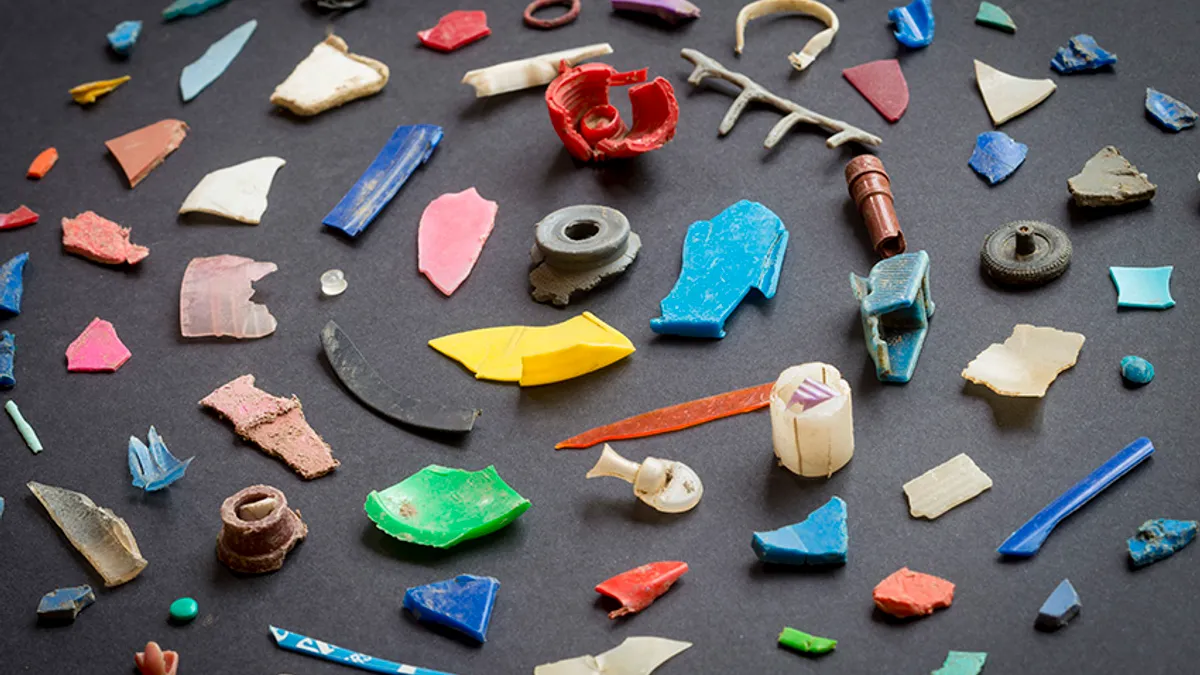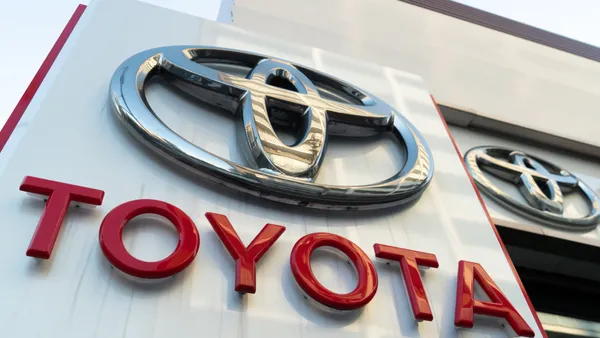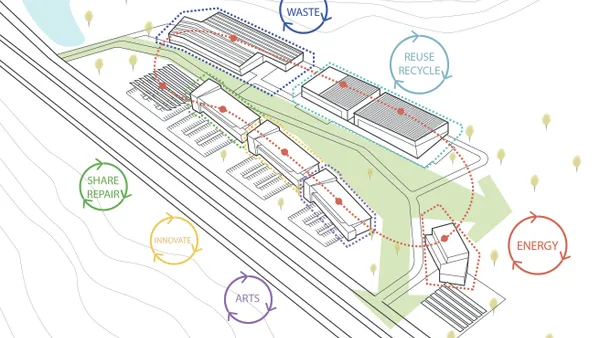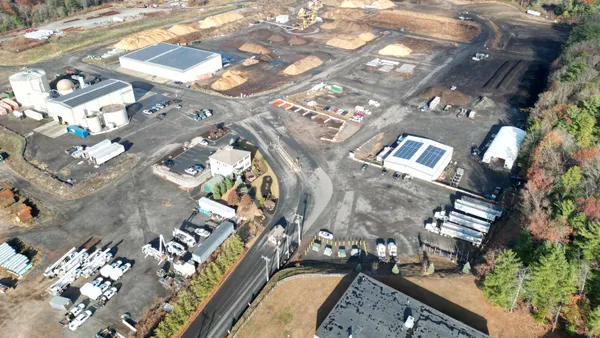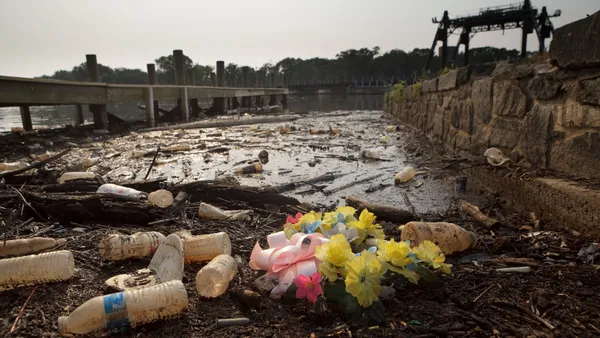Dive Brief:
- The U.S. EPA is doling out millions of dollars in pollution prevention, or P2, grants to local governments looking to prevent waste thanks to increased funding levels. That includes nearly $16 million in grants announced earlier this month to 24 state and local governments and universities.
- "P2 grants are now supercharged," EPA official Jennie Romer said during a webinar on Wednesday. "[The new funding] goes far and above anything that we've ever seen before and it's already working right now in communities across the nation."
- The grants are funding technical assistance for programs like a reusable food ware system in Hawai'i and a plastic prevention program in the U.S. Virgin Islands.
Dive Insight:
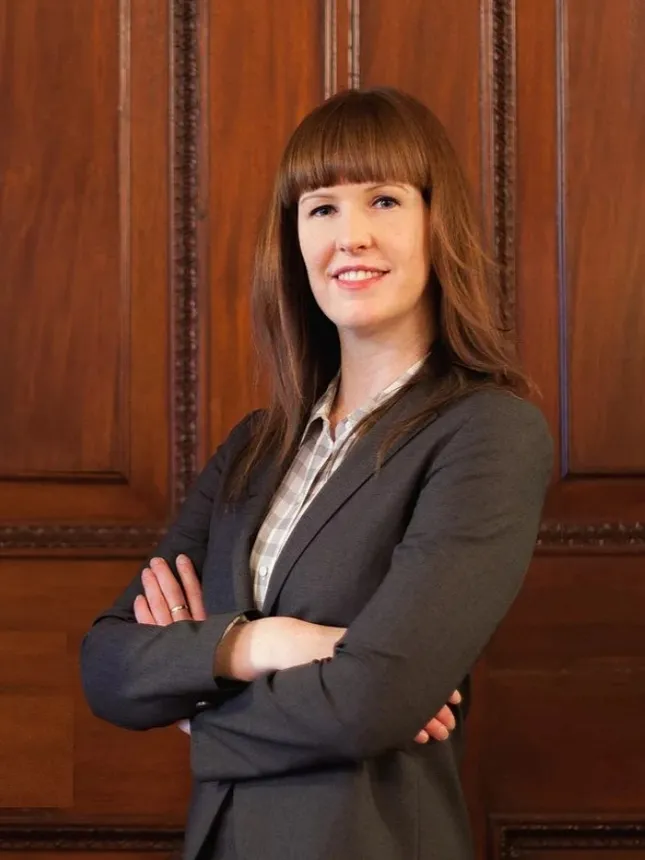
At the National Zero Waste Conference last week, Romer said she is looking to bridge connections between her Office of Chemical Safety and Pollution Prevention and the broader zero waste world.
The EPA's Pollution Prevention program disbursed $50 million between 2011 and 2021. But the program has been bolstered in recent years through roughly $100 million in funding from the 2021 infrastructure law and Inflation Reduction Act, plus the hiring of attorney and environmental advocate Romer as the first deputy assistant administrator for pollution prevention.
From 2011 to 2021, the program facilitated the reduction of 458,500 tons of hazardous materials, saved 49 billion gallons of water, and avoided 19.8 million metric tons of greenhouse gases, according to the EPA. The agency also says it saved businesses $2.2 billion.
The grants, disbursed to universities, states or local governments, are largely designed to provide technical assistance to communities and local businesses looking to replace or reduce the use of wasted products. The latest round of grants was announced Oct. 12.
As part of the Biden administration's Justice40 initiative, much of the funding also has an environmental justice focus. In Chicago, the University of Illinois will be using nearly $684,000 in grant funding specifically to assist restaurants led by Black or indigenous people of color in avoiding food service packaging with per- and polyfluoroalkyl substances. The EPA says the program will reduce plastic waste, promote landfill diversion, reduce contamination in composting and promote consumer-driven sustainability.
An additional $800,000 administered by the university's Urbana-Champaign campus will provide technical assistance to other businesses looking to move toward PFAS-free food ware products.
In Hilo, the University of Hawai'i is providing technical assistance to businesses to help create a communitywide reusable food ware system. At the conference on Wednesday, Romer said the system would be safe and affordable, and called it a "very big deal." She said it's an example of EPA's P2 program leaders "thinking of ways of how can we maximize that investment, to see how impactful we can be in shifting towards reusables."
"It's one of the many areas we work, but one that I'm paying particular attention to," Romer said.
The new round of grants also includes programs in Oregon and Washington state to help businesses purchase products certified by the EPA's Safer Choice program, and in South Carolina to help businesses use safer packaging products identified through EPA’s Recommendations of Specifications, Standards, and Ecolabels. Another $699,000 grant to the U.S. Virgin Islands Department of Planning and Natural Resources will provide technical assistance to businesses looking to reduce single-use plastic waste.
In Romer's presentation, she also highlighted the comments EPA has made on the Federal Trade Commission's potential Green Guides update to ensure marketing claims about recycling are accurate.
"I sit in our chemicals office ... but I like to talk about truthful marketing of what's recyclable as part of preventing pollution and protecting human health and the environment," Romer said. "The Federal Trade Commission's review of Green Guides aligns well with EPA's work and our focus on improving plastic product circularity."



